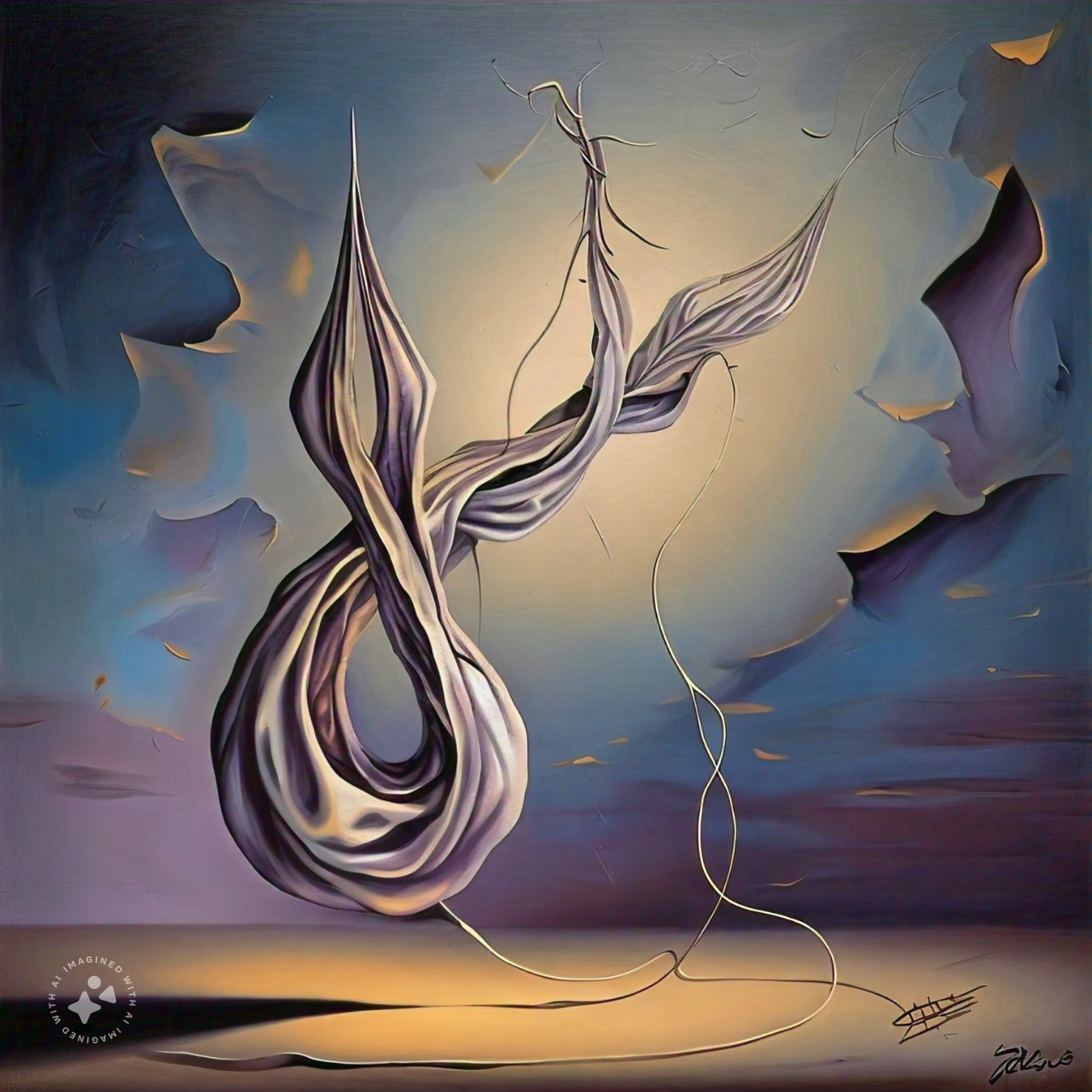In our modern world, we often view the past and future through distinctly different lenses. We see the past as fixed, immutable – a series of facts etched in stone, captured in photographs, and documented in history books. The future, however, remains an open canvas, painted with the broad strokes of our imagination, hopes, and fears.
But what if our approach to the future mirrors how ancient societies viewed their past? This thought struck me recently as I engaged in a philosophical discussion about antiquity and futurism with Claude, the AI chatbot from Anthropic.
Ancient societies approached their past with a sense of malleability that we now reserve for the future. They shaped and reshaped their histories, not as an act of deception, but as a means of enriching their present and making sense of their world. Their stories, myths, and legends weren’t just tales – they were living, breathing entities that evolved to address the needs and challenges of the day.
Today, we do much the same with our visions of the future. We craft utopias and dystopias, not as precise predictions, but as reflections of our current hopes and anxieties. Science fiction and fantasy serve as our modern myths, allowing us to explore complex ideas and societal issues through the safe distance of imagined futures or alternate realities.
This parallel raises an intriguing question: Did ancient peoples believe in their myths and gods in the same way we “believe” in our stories of the future? When we watch Jurassic Park, we don’t believe it’s a documentary, but we engage with its themes and ponder its possibilities. We have a belief that science and capitalism may drive someone to build a park filled with dinosaurs that takes risk with catastrophic results. Perhaps ancient societies had a similar relationship with their gods and myths – not viewing them as concrete facts like the crops in their fields, but trusting in the echoes of truth within their stories.
In our modern society, we often place truth in what we can see and touch. We trust in the tangible, the measurable, the scientifically verifiable. But ancient societies may have found their truths in a different realm – in their feelings, their relationships, their inner worlds.
When the physical world proved chaotic and unpredictable – when weather patterns shifted inexplicably or earthquakes shook the very ground beneath their feet – perhaps they turned inward for stability. In a world where external realities could change in an instant, the love between people, the bonds of community, and the inner emotional landscape might have seemed far more real and true.
This perspective offers us a fresh lens through which to view both ancient cultures and our own relationship with the future. It suggests that while the content of our narratives has changed, the way we engage with them – as sources of meaning, possibility, and guidance – has remained remarkably consistent.
As we stand on the brink of unprecedented technological advancements, from artificial intelligence to genetic engineering, perhaps there’s wisdom in this ancient approach. Maybe we need to balance our focus on external, technological truths with a renewed appreciation for the truths found in human connections and inner experiences.
In the end, whether we’re looking to the past like our ancestors or to the future like ourselves, we’re engaged in the same deeply human endeavor – seeking meaning, creating narratives, and using stories to shape who we hope to become. And in that quest, perhaps the most enduring truths are those that echo in the chambers of the human heart.
